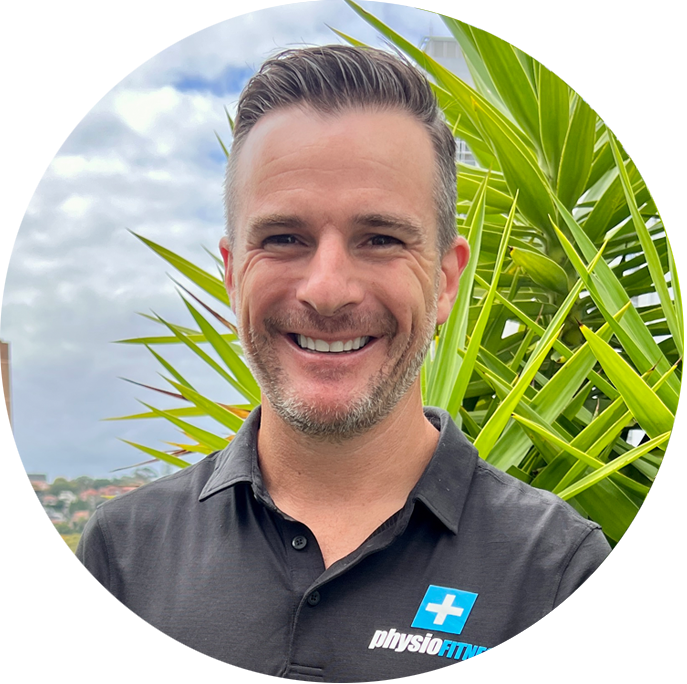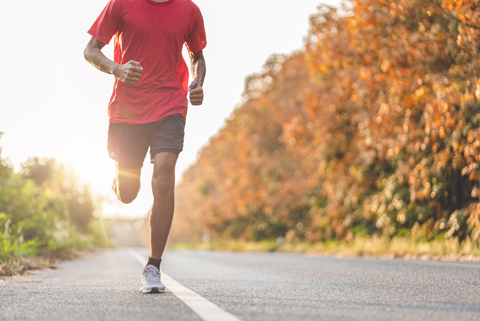
What is Good Running Form?
Essential Strength and Mobility Exercises
by Tim Keeley12 Nov 2022
‘Good running form' is what we want to hopefully get people achieving through a running assessment, technique changes, education and exercises.
Good running form doesn’t necessarily mean the most perfect running form. Here are some examples of what you should be aiming for as a runner to be on the good side of injuries when you are running.
Adopting a better running form doesn’t mean you won’t ever get injured, it’s just more likely that you will encounter less injuries over time.
NOTE: This Article is also Part 3 of our 'Running and Injury Prevention Workshop'. You can watch the full Seminar video on You Tube HERE
Upright Posture

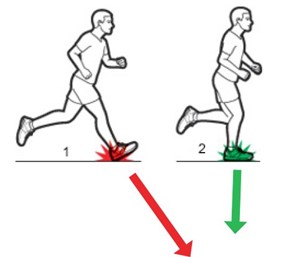
Essentially what we are aiming for is an upright posture. It doesn’t mean absolutely vertical, and it does depend on how fast you are running.
The faster you run – there will be a forward lean to some extent.
This angle varies depending on the athlete but it’s around 5-10° What you don’t want is to be bent forward at the hips.
Shorter Stride
An increase in cadence and a shorter stride length can result in ‘increased efficiency’ in the system, resulting in being less likely to compensate and break down. There is no absolute in stride length and so using an audible cadence pedometer from a watch or phone maybe helpful in improving your stride length. You will also be more likely to land mid foot when you shorten your stride and so this is one of the techniques in aiming to change the striking pattern for people who are getting problems from heel striking.
Is Mid Foot Strike Ideal?
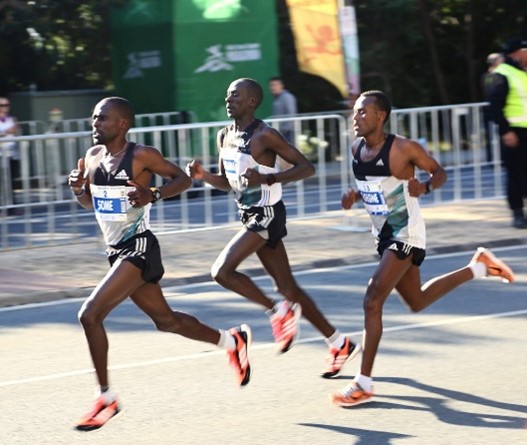
There is not enough evidence yet to prove that mid-foot striking is the best for jogging or long distance running for injury prevention.
Certainly it seems better for efficiency and speed and creating less impact stress at the toes and the heels.
Olympic marathon runners tend to NOT land on their heel and part of this is because if those runners heel strike with that many kilometers in training, they will get more loading response, leading to more injuries through sheer volume.
The other part is down to the fact that the speed they are running will mean they will be landing more mid-foot naturally. They are not sprinting like a 100m distance athlete (who will always be landing forefoot) however they are not running a 5-6min/k pace either. Sprinters who run forefoot will create more power as well as more demand on the calves however they are running shorter distances. The problem may occur when the distances increase with forefoot running – like the casual jogger with a forefoot strike who then trains for a marathon.
Active Arms
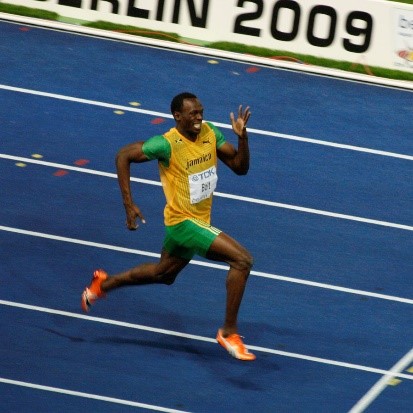
The research may not be there just yet but clearly with high performing athletes, the use of active arm movement in running works for them.
The height of the arm swing is relative to how fast you are running. Being active with your arms can help with injury prevention by helping creating a posterior cross sling effect and improve your spinal stability for your lower back. When you arm swing in the gait cycle, the pull back of the arm on one with, coupled with the push off with the leg on the opposite side will mean the opposing lat and the glute connect through the ‘thoraco-lumbar fascia’ – creating a stability mechanism for the lumbar spine.
It’s like someone taping you up in the back when you run.
The more efficient you are with the connecting and strength of the glutes and the movement of the arms, the more stable you will be.
Trunk Rotation
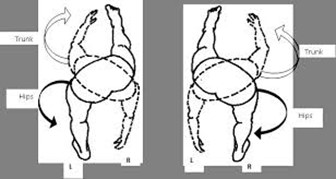
You are aiming to avoid too much trunk rotation when you run. Core stability training and anti-rotation exercises will assist in reducing excessive trunk rotation.
In doing this you will be able to transmit more power production to the arms and legs as well as be more efficient in the entire system.
Hips
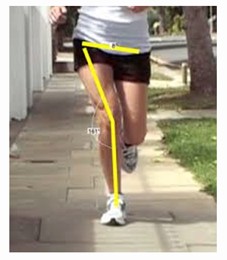
Many people don’t get their knees high enough in the lifting or end part of the swing phase.
With sprinting it is closer to 90 degrees at the hips, but less when jogging due to speed.
Athletic Sprint drills like A, B, and C Step / Skips are very effective in helping improve this hip movement and strength as well as the foot then landing underneath the hip.
We also don’t want a pelvic drop on one side when you are in mid-stance position, or have the knees knocking together. There also needs to be adequate hip extension when they push through.
Improvements in hip position happen over time with identification of the cause of the tightness or weakness and then addressing it with the right strengthening and mobility exercises, as well as continual neuromuscular programming so it becomes automatic.
Currently there is emerging evidence to back up the need for good running form or postures in injury prevention. At present most of the advice, techniques and education is from running coaches and non-peer reviewed articles, books, videos and social media on running which is based on runners who are very efficient and are having less injuries. Hopefully we will get a lot more evidence in the form of trials and systematic reviews to back up these ‘good’ running forms.
Mobility and Strengthening Exercises
There are some great mobility and strengthening exercises that are great for runners. You don’t have to do all these exercises for injury prevention, but some that you may want to put in your exercise program to help with injury prevention. For specific injuries and problems, it is best to seek a running assessment and get a detailed and tailored exercise rehab program specific for your biomechanics, weaknesses and injury.
For most runners that we see – the focus is on core stability and strength work through the abdominal lower back and gluteus, over legs strength or mobility in the legs. This is because the majority of injuries come from deficits or problems in pelvic and hip stability. The key is to not JUST do stretches for pain or stiffness relief. Stretches or Mobility exercises are tools to help you reduce symptoms and then do more of the stability and strengthening work to fix the underlying problems.
Calf and Ankle Mobility
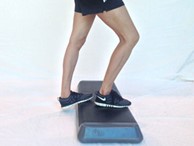
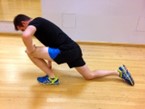
Stretching out the calves and ankles are important to make sure you have good dorsiflexion range in the ankle.
1-2min stretches off a step or kneeling on the floor are two great options for this.
Doing this BEFORE a run is better as if you go into a run a bit looser in the ankles and calves the biomechanics will be better.
This is especially important for people with previous ankle sprains and lower leg injuries.
Hip and Thigh Mobility
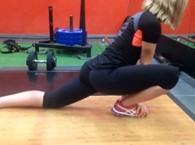
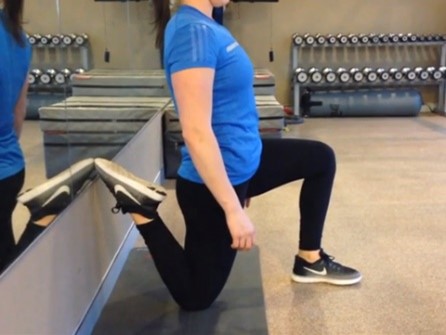
The ‘worlds greatest stretch’ tackles groin, hamstring and hip flexors, as well as the hip flexion joint range - all in one.
It mimics the running movement position and is one of our favourite mobility exercises for runners and athletes.
Equally as important is the gluteal and hip external rotation stretch and the quadriceps kneeling stretch for the front of the thigh as with running the glutes and quads can become very tight – especially with hill work.
All these stretches can be done without equipment and in the absence of any problem as they are really good for maintenance of soft tissue movement in the hips and legs
Lumbar Spine Mobility
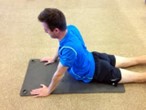
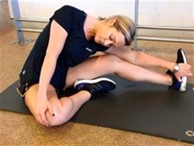
McKenzie extensions help improve the flexibility into lumbar spine extension as well as redcued disc pressures in those people who sit a lot during the day.
The QL stretch improves the mobility of the lower back muscles, which can become tight from a lack of core strength or those who stand all day.
Thoracic Spine Mobility
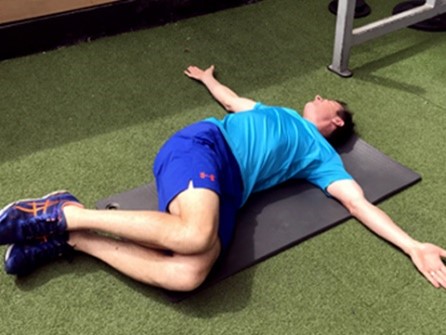
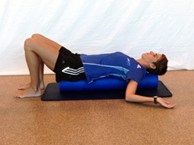
Rotation of the thoracic spine is a priority over extension, as well as opening up the chest and pecs to reduce the rounded position at the mid back, as well as reducing tension in the front to help with posture and arm swing.
Spinal Stability and Strength
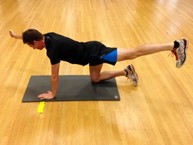
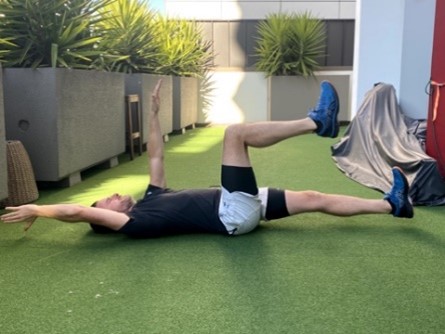
These exercises become the focus of most injury prevention programs, as they help improve the weakness and stability issues that are going on and which are causing the injuries in the first place.
The Bird Dog works on the posterior cross slings and stability at the lower back, whereas the Dead bug targets more abdominals and the anterior cross sling.
Both are very important in achieving good spinal stability when running and are our top 2 exercises.
The Paloff press is another of the anti-rotation exercises which provide an external load to one side and helpful for people with excessive rotation of the trunk when they run. The front plank and side plank are both abdominal and lower back endurance exercises. Front plank is more focussed on the front part of the core, whereas the side plank works abdominals more laterally as well as the big QL stabiliser muscles of the lower back.
Hip Stability and Strength
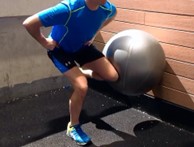
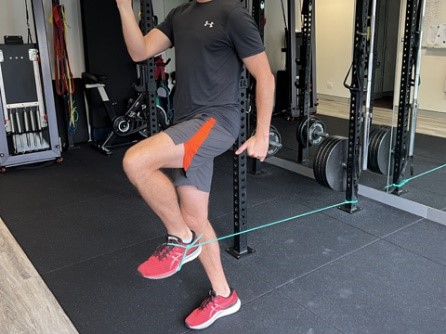
Hip external rotation strength is very important for hip stability and thus knee control.
Clams are a low level exercise but excellent for glute activation and movement into external rotation.
Once they are done well with instruction and specific cues, they can be loaded with bands for more strengthening.
The One leg Ball squat is another favourite of ours as it is the best single leg weight bearing exercise that tackles gluteus medius strengthening. It works in the stance phase of the running cycle which is very specific to the position the person is in when running and is our No.1 hip stability exercise. Hip extension and flexion weaknesses can be addressed with single leg hip bridge and banded hip flexion.
Knee Stability and Strength
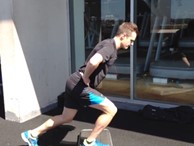
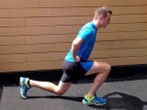
The 3 go-to exercises for knee control and strength for runners are the Step down, Single leg deadlift and the Physio Lunge.
Again like the hip exercises, are very specific to the movement pattern that that runner is in, to replicate as close as we can to the running action and strengthen in that position.
Calf and Foot Strength
Calf raises can be specific to the gastrocnemius muscle or the soleus muscle. Both the straight knee and the bent knee stretches are excellent for runners and help with tendon strength and general strength and conditioning. The arch lifts help those who have very low arches or ‘flat feet’ as well as those are susceptible to plantar fascia problems, tibialis tendon and shin splint injuries as well as those runners who are a little older and start to get some arch drop or mid foot collapse.
All these exercises are safe to do with and without injury, however some maybe chosen over others depending on the type of problem or deficit the runner has.
NOTE: This Article is also Part 3 of our 'Running and Injury Prevention Workshop'. You can watch the full Seminar video on You Tube HERE
Upright Posture


Shorter Stride
An increase in cadence and a shorter stride length can result in ‘increased efficiency’ in the system, resulting in being less likely to compensate and break down. There is no absolute in stride length and so using an audible cadence pedometer from a watch or phone maybe helpful in improving your stride length. You will also be more likely to land mid foot when you shorten your stride and so this is one of the techniques in aiming to change the striking pattern for people who are getting problems from heel striking.
Is Mid Foot Strike Ideal?

The other part is down to the fact that the speed they are running will mean they will be landing more mid-foot naturally. They are not sprinting like a 100m distance athlete (who will always be landing forefoot) however they are not running a 5-6min/k pace either. Sprinters who run forefoot will create more power as well as more demand on the calves however they are running shorter distances. The problem may occur when the distances increase with forefoot running – like the casual jogger with a forefoot strike who then trains for a marathon.
Active Arms

Trunk Rotation

Hips

Currently there is emerging evidence to back up the need for good running form or postures in injury prevention. At present most of the advice, techniques and education is from running coaches and non-peer reviewed articles, books, videos and social media on running which is based on runners who are very efficient and are having less injuries. Hopefully we will get a lot more evidence in the form of trials and systematic reviews to back up these ‘good’ running forms.
Mobility and Strengthening Exercises
There are some great mobility and strengthening exercises that are great for runners. You don’t have to do all these exercises for injury prevention, but some that you may want to put in your exercise program to help with injury prevention. For specific injuries and problems, it is best to seek a running assessment and get a detailed and tailored exercise rehab program specific for your biomechanics, weaknesses and injury.
For most runners that we see – the focus is on core stability and strength work through the abdominal lower back and gluteus, over legs strength or mobility in the legs. This is because the majority of injuries come from deficits or problems in pelvic and hip stability. The key is to not JUST do stretches for pain or stiffness relief. Stretches or Mobility exercises are tools to help you reduce symptoms and then do more of the stability and strengthening work to fix the underlying problems.
Calf and Ankle Mobility


Hip and Thigh Mobility


Lumbar Spine Mobility


Thoracic Spine Mobility


Spinal Stability and Strength


The Paloff press is another of the anti-rotation exercises which provide an external load to one side and helpful for people with excessive rotation of the trunk when they run. The front plank and side plank are both abdominal and lower back endurance exercises. Front plank is more focussed on the front part of the core, whereas the side plank works abdominals more laterally as well as the big QL stabiliser muscles of the lower back.
Hip Stability and Strength


The One leg Ball squat is another favourite of ours as it is the best single leg weight bearing exercise that tackles gluteus medius strengthening. It works in the stance phase of the running cycle which is very specific to the position the person is in when running and is our No.1 hip stability exercise. Hip extension and flexion weaknesses can be addressed with single leg hip bridge and banded hip flexion.
Knee Stability and Strength


Calf and Foot Strength
Calf raises can be specific to the gastrocnemius muscle or the soleus muscle. Both the straight knee and the bent knee stretches are excellent for runners and help with tendon strength and general strength and conditioning. The arch lifts help those who have very low arches or ‘flat feet’ as well as those are susceptible to plantar fascia problems, tibialis tendon and shin splint injuries as well as those runners who are a little older and start to get some arch drop or mid foot collapse.
All these exercises are safe to do with and without injury, however some maybe chosen over others depending on the type of problem or deficit the runner has.
B.Phty, Cred.MDT, APAM
Principal Physiotherapist
Principal Physiotherapist
